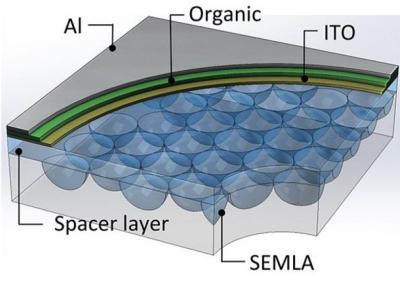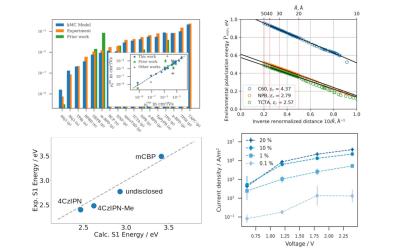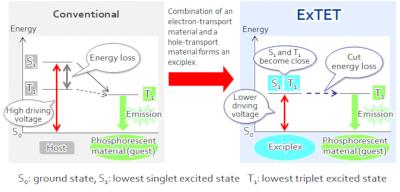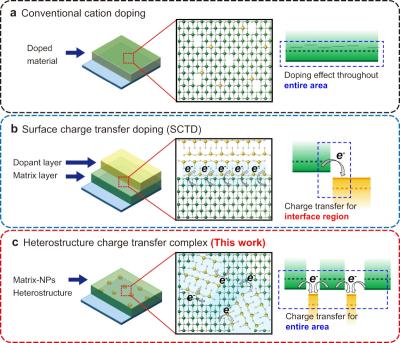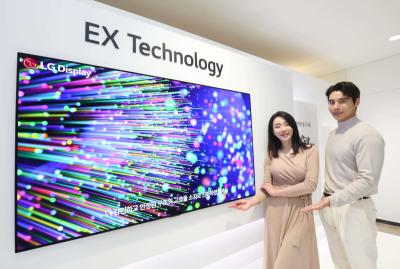Japan Display announces a breakthrough lithographic-based OLED production method
Japan Display (JDI) announced that it has developed a new OLED deposition technology, which they refer to as eLEAP, that is cost effective and can be used to create OLEDs that are brighter, more efficient, and longer lasting compared to OLEDs produced using mask evaporation (FMM). eLEAP also enables OLED freeform deposition. JDI regards its new technology as a " historic breakthrough in display technology".

eLEAP is based on a lithographic method, and does not require any masks. The main advantage seems to be that OLED displays produced by eLEAP technology can achieve an aperture ratio of 60%, compared with FMM OLEDs which achieve a ratio of about 28%. This means that the OLED displays can be driven at lower currents - which extends the lifetime, improves the efficiency and also enables higher-peak brightness when needed.


